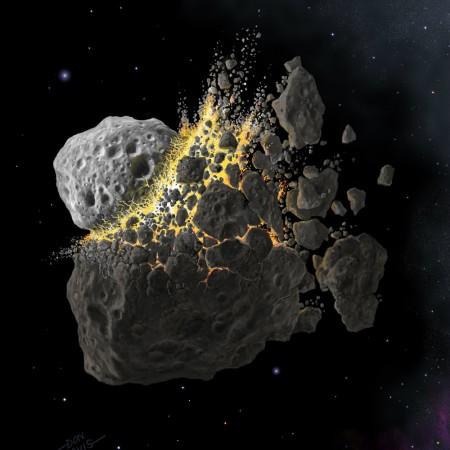Several experts including space scientist Iain McDonald and physicist Neil deGrasse Tyson strongly believe that doomsday events like asteroid hits are not confined to the past, and it may happen in the future too. Several asteroids, both small and big ones used to have their close approach with earth regularly, and to avoid a potential collision scenario, US space agency NASA has been trying to formulate a defense strategy to protect the blue planet. However, a new tabletop exercise conducted by NASA and its peers has found that current technology is not sufficient enough to stop an approaching asteroid that could wreak havoc on earth.
Study using hypothetical simulation
During the study, researchers created a hypothetical simulation and tried to determine the time needed to prepare for a deadly asteroid hit. Scientists set a scenario where a mysterious asteroid is approaching the earth from about 35 million miles, and experts were given a week to formulate effective measures to stop a potential collision.

On day 02, scientists noted that the impact region will be Europe and Northern Africa, and by the end of the week, researchers concluded that the asteroid is going to hit somewhere between Germany and the Czech Republic.
Is NASA incapable to stop approaching asteroids?
Scientists who took part in the study concluded that there is no technology in the world to stop a giant asteroid within short notice, and they made it clear that more than six months to deflect an approaching rogue space rock. Scientists also noted that the use of a nuclear explosive device to disrupt the asteroid could reduce the risk of damage to a certain extent.
"Deploying a nuclear disruption mission appears to be the only realistic mitigation possibility (if the launch were possible). It can significantly reduce the risk of impact damage even in the face of substantial uncertainty in the asteroid's properties," wrote the researchers in the study report.










